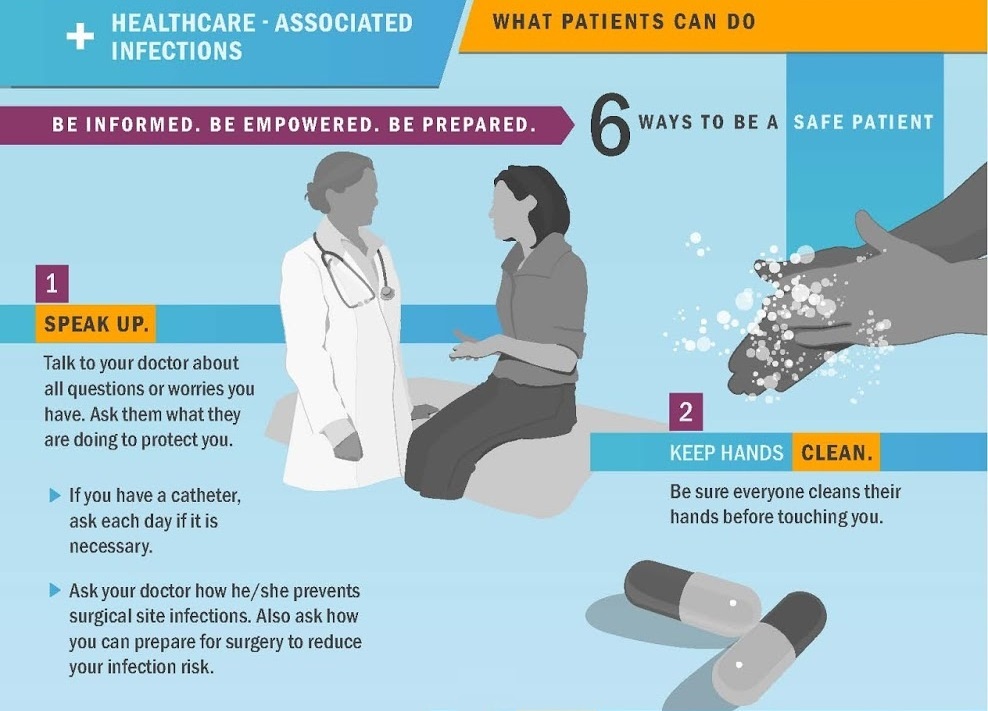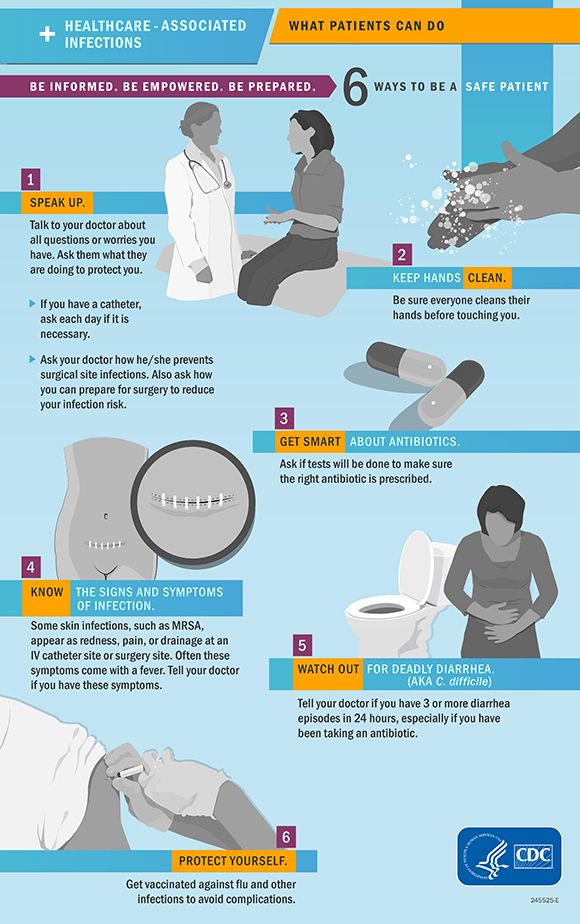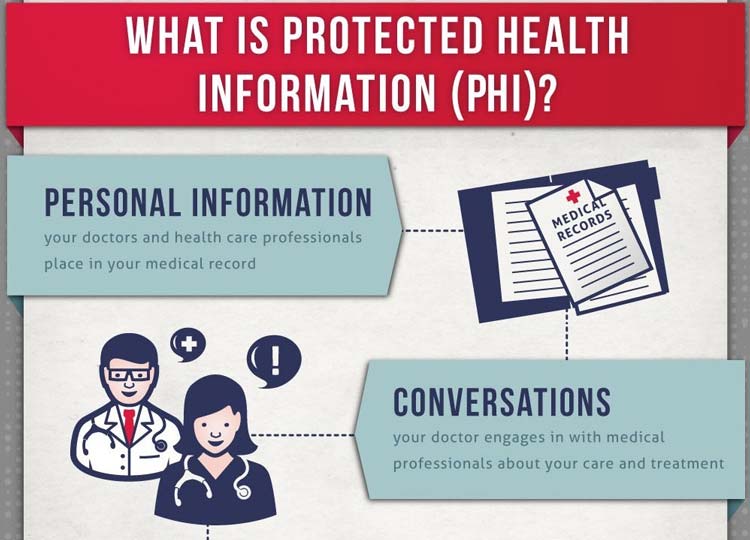What does MACRA mean for physician practices? On May 9, 2016, the Centers for Medicare & Medicaid Services (CMS) issued a proposed rule to put in place key parts of MACRA. CMS proposes to make these changes through a single framework called the Quality Payment Program. This infographic will inform you of what we know, […]
AAPC Blog
Laureen shows you her proprietary “Bubbling and Highlighting Technique”
Download your Free copy of my "Medical Coding From Home Ebook" at the top right corner of this page 2018 CPC Practice Exam Answer Key 150 Questions With Full Rationale (HCPCS, ICD-9-CM, ICD-10, CPT Codes) Click here for more sample CPC practice exam questions with Full Rationale Answers Click here for more sample CPC practice exam questions and answers with full rationaleTag Archives: Infographic
Infographic: Six Ways to Promote Patient Safety

 Minimize the Risk of Healthcare-Associated Infections
Minimize the Risk of Healthcare-Associated Infections
Healthcare-associated infections (HAI) are a significant concern for both patients and healthcare providers.
HAIs compromise patients’ treatment plans and recoveries — particularly for those who are post-op, have chronic health conditions, or compromised immune systems. HAIs, like C. diff and MRSA, are often difficult and costly to treat.
The Centers for Disease Control and Prevention (CDC) recently completed their National and State Healthcare-Associated Infections Progress Report. Here are their findings as well as six ways patients can minimize their risk of contracting HAIs.
Key Findings
One of the CDC’s goals is to implement policies and procedures that will stop the spread of HAIs. In doing so, there will be better patient outcomes and the burden on healthcare providers and facilities will be minimized.
For example, in 2011, there were approximately 722,000 HAIs in U.S. acute care hospitals, or the equivalent of 1 in 25 patients. About 75,000 patients who contracted an HAI died during their hospital stay.
The most recent report pooled 2014 national and state-level data from acute care hospitals. They evaluated the following types of infections:
- central line-associated bloodstream infections (CLABSI),
- catheter-associated urinary tract infections (CAUTI),
- surgical site infections (SSI),
- hospital-onset Clostridium difficile infections (C. difficile), and
- hospital-onset methicillin-resistant Staphylococcus aureus (MRSA) bacteremia (bloodstream infections)
On a national level, there was a decrease in the majority of infection types. Between 2008 and 2014, the rates decreased by:
- 50 percent for CLABSI
- 17 percent for abdominal hysterectomy SSI
- 2 percent for colon surgery SSI
Between 2011 and 2014, there was an 8 percent decrease in C. diff infections and a 13 percent decrease in MRSA infections.
Minimize Risks
Research has shown that healthcare facilities can minimize the occurrence of HAIs by strictly following appropriate best practices and guidelines. It’s been demonstrated that an estimated 70 percent reduction in infection rates is possible.
Additionally, patients should follow these six steps to protect against HAIs:
- Speak up. Ask your doctor or care providers how they are protecting you from infection.
- Keep hands clean. Make sure all healthcare workers cleans their hands before touching you.
- Get smart about antibiotics. Ask your doctor if testing will be done to confirm that the correct antibiotic is prescribed.
- Know the signs and symptoms of infection. Infections present differently – know the signs and symptoms of the most common ones.
- Watch out for deadly diarrhea. Report any ongoing episodes of diarrhea to your physician.
- Protect yourself. Avoid complications by opting to receive vaccinations for potentially life-threatening infections.
To see each state’s infection rates, check out the full CDC report. The CDC also released a handy infographic about preventing the spread of HAIs. You can find that below.
How did your state rate? What steps do you take to prevent HAIs? Please tell me in the comments below!

This post Infographic: Six Ways to Promote Patient Safety was written by Manny Oliverez and first appeared on Capture Billing. Capture Billing is a medical billing company helping medical practices get their insurance claims paid faster, easier and with less stress allowing doctors to focus on their patients.
Healthcare Legal Policies Infographic

Healthcare Legal Policies and Ethics Overview Infographic
Are you in the know? This infographic I came across by the University of Cincinnati provides a few highlights on HIPAA, patient rights, medical malpractice and 5 tips to remain in compliance with the rules.
Many doctors who are busy in the day-to-day demands of providing quality care for their patients don’t realize how important legal policies can be to their medical practice. But not understanding legal matters in healthcare can get ugly.
The Importance of HIPAA
HIPAA was passed in 1996 to protect patient information. Patient information is in the hands of healthcare providers making them responsible to protect it and use it carefully. A basic right of a patient is the right to his own information, but HIPAA takes it a step further. HIPAA also allows a patient to know how his information is being used by others.
Patients can rest knowing that their information will be kept private from those not directly involved in their care. Most importantly, the law prevents the wrong people from getting a hold of any personal information. Ultimately, confidentiality protects both the patient and the provider.
So what information is protected under HIPAA? Some types of protected health information (PHI) include medical records and billing information.
Also included are photographs, fingerprints, and anything else that can be used to identify someone. Even conversations that your doctor has with other healthcare professionals about your care are protected under HIPAA!
The graphic offers 5 tips on how can medical professionals stay HIPAA compliant? Some ways include verifying caller identity, fax numbers, and email addresses. Do not release information without verifying that the requester has the right to view it. Additionally, don’t view any information that is not necessary to do your job.
Patients’ Rights
Another topic discussed in the infographic is patient rights. We know that under HIPAA, patients have the right to have their information kept private. But patients also have the right to access information about their healthcare coverage, including costs and payment decisions. They have a right to a range of options when it comes to their healthcare, including providers and treatment options. This allows them to make informed decisions about their healthcare journey.
Special thanks to University of Cincinnati Online Master of Health Administration for this infographic with us.
What are some of the things you do in your medical practice to comply with HIPAA? Comment below.
— This post Healthcare Legal Policies Infographic was written by Manny Oliverez and first appeared on Capture Billing. Capture Billing is a medical billing company helping medical practices get their insurance claims paid faster, easier and with less stress allowing doctors to focus on their patients.







